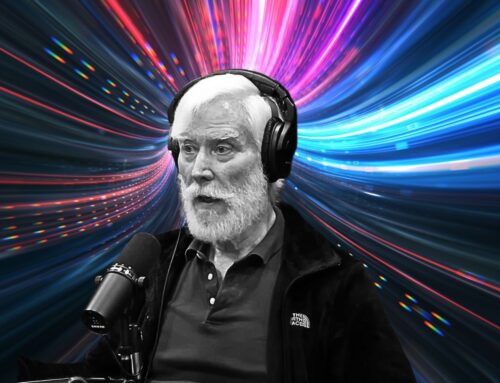Quantum entanglement has long fascinated scientists, presenting us with one of the most puzzling paradoxes in physics. The idea that two particles can remain connected over vast distances—instantly affecting each other—has challenged our understanding of the universe. This mysterious concept, once deemed “spooky action at a distance” by Einstein, has just been brought to life in a new and groundbreaking way. For the first time ever, quantum entanglement has been visually captured, offering not just scientific validation but also a glimpse into the beauty of the quantum world.
What is Quantum Entanglement?
Quantum entanglement is when two particles, like photons, become intertwined in such a way that what happens to one instantly affects the other—even if they are light-years apart. Einstein called it “spooky action at a distance.” It’s a concept that defies classical physics and challenges our understanding of space and time.
In the 100 years since its discovery, quantum entanglement has been validated through countless experiments, but now, we’ve taken a huge leap forward. Scientists from the University of Ottawa and Sapienza University of Rome have visualized the wavefunction of entangled photons.
Visualizing the Invisible
The team used a technique called digital holography to capture the spatial properties of two entangled photons. This is not just an artistic representation but a scientific achievement that lets us “see” how these two photons remain connected. They achieved this by manipulating light waves and overlapping them in a way that creates interference patterns, similar to what’s done in 3D holography.
By using advanced cameras and measuring photon coincidences (where both photons arrive at the detector at the same time), they created an image of the wavefunction. This visualization reveals not just the intensity of the photons but also their phase—the key to understanding their entangled state.
The result? An image that looks remarkably like the Yin-Yang symbol—a visual reminder of the interconnected forces within nature. This moment in science is as aesthetically beautiful as it is groundbreaking.

Why Does This Matter?
The implications of this discovery are massive. The ability to visualize the wavefunction of entangled particles is critical for the development of quantum technologies. Quantum computers, for example, rely on entanglement to perform complex computations at speeds impossible for classical computers.
Additionally, this technique could lead to new imaging technologies that go beyond the limits of classical optics, pushing the boundaries of what we can detect and measure in the physical world.
The Future of Quantum Technologies
What happens next? This discovery will fuel further research in quantum mechanics and quantum technologies, from ultra-secure communication systems to the next generation of computing power. These technologies could revolutionize fields like cryptography, artificial intelligence, and materials science.
But beyond the practical applications, there’s a deeper, more philosophical question at play. What does quantum entanglement tell us about the universe? About reality? Are we all somehow connected in ways we can’t yet see? As we continue to make strides in understanding the quantum world, we may find answers that challenge everything we know.
Quantum mechanics pushes us to the edge of human understanding. It reminds us that the universe is stranger and more interconnected than we ever imagined.
Final Thought
In capturing quantum entanglement visually for the first time, we’ve taken a step closer to comprehending one of the most mysterious aspects of our universe. What other secrets lie in the quantum realm, waiting to be unveiled? The journey of discovery is just beginning, and each revelation challenges us to rethink the very nature of existence. Stay curious because the universe has much more to show us.
Reference: Zia. D., Dehghan. N., D’Errico. A., et al, Interferometric imaging of amplitude and phase of spatial biphoton states, Nature Photonics, (2023), DOI: 10.1038/s41566–023–01272–3
Feature image credit: Biphoton state holographic reconstruction. Nature Photonics (2023). DOI: 10.1038/s41566-023-01272-3
✨ Start With Values
Receive $400 of bonus resources with any order of my new book,Start With Values (Penguin Random House).
Written by : Brad Hook
Brad Hook is a writer, podcaster, speaker and entrepreneur. He helps individuals and teams achieve sustainable high performance through inspiring workshops and a powerful suite of digital tools. Discover his new book, Start With Values (Penguin Random House), — available now!
Stay connected with Brad
BE NOTIFIED ABOUT EVENTS and receive the latest tools and tips first
We will never share your email with others.





